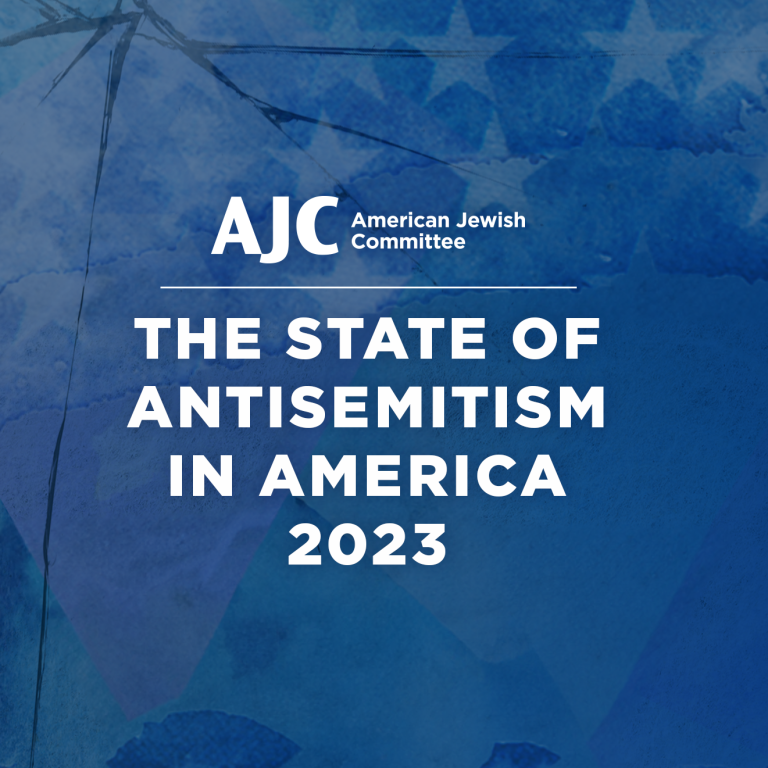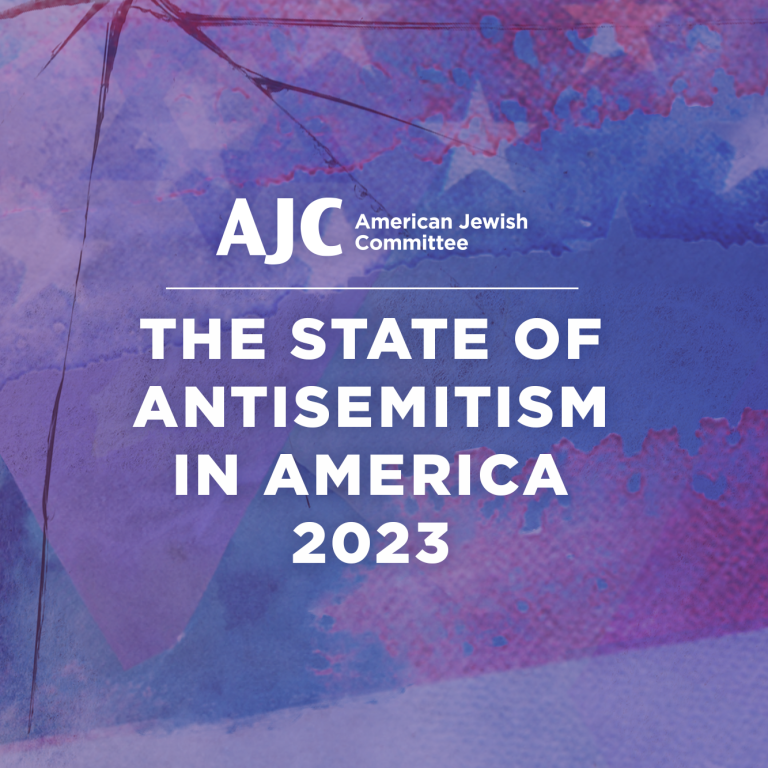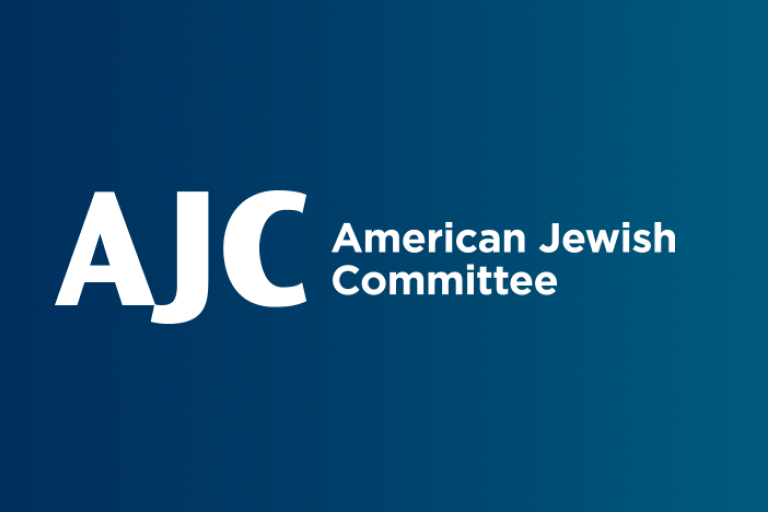March 19, 2024
The following column originally appeared in The Baltimore Sun.
In the months since the Oct. 7 Hamas terrorist attack on Israel, antisemitic incidents and hate crimes have risen dramatically, at a moment when they were already at alarmingly high levels. FBI statistics indicate that Jews, a group that represents only about 2.4% of the American public, were targeted in 60% of all reported religion-based hate crimes nationwide last year.
All of that has created a palpable sense of fear in the Jewish community, which is reflected in American Jewish Committee’s recently released State of Antisemitism in America 2023 Report. It found that 63% of the Jewish community say they feel less secure than a year ago and that one in five has been personally targeted. This compares to 41% last year and 31% in 2021.
Just as troubling, 30% of American Jews have avoided carrying or displaying things that might identify them as Jewish in public, up from 23% last year. These dramatic jumps indicate a much larger problem.
It isn’t just the Jewish community that feels this way. In our region, 74% of the public feels that antisemitism is a problem, and 55% believe it has increased.
That is why we should take to heart remarks made last year by Gov. Wes Moore, who said, “I want everyone in Maryland to hear me clearly — hate has no home in our state. The recent rise in hate crimes against the Jewish community is absolutely unacceptable.”
Moore spoke after the Maryland State Police reported that religion-based crimes and incidents that targeted Jews in 2022 spiked by 60% compared to a year earlier. He is right. Those crimes are unacceptable.
Antisemitism is not a Jewish problem. It’s a societal problem. And just like we wouldn’t ask the AAPI community, for example, to solve anti-Asian hate on its own, we can’t expect the Jewish community to tackle antisemitism by itself. However, according to AJC, 47% of American Jews feel that antisemitism is taken less seriously than other forms of bigotry.
In 2022, the Southern Poverty Law Center identified more than 523 white supremacist hate groups in the U.S. Some were anti-Black, others anti-Asian. What they all appear to have in common: unabashed antisemitism.
But what is antisemitism? Most people believe it is simply hatred of Jews. However, it’s more than that. According to the International Holocaust Remembrance Alliance working definition, “Antisemitism is a certain perception of Jews, which may be expressed as hatred toward Jews,” through such activities as Holocaust denial, scapegoating and holding Israel to a different standard than other countries.
Antisemitism comes from the far-right, the far-left, religious extremists and from ignorance. It’s based on old and new conspiracy theories about Jews. And in a society where people increasingly believe in conspiracies, the danger to Jews is rising and real.
What do we do about this?
In May, the White House released a comprehensive plan to confront antisemitism in America. It calls for a “whole of society” approach to make a difference. Everyone has a role to play — government, the private sector, religious institutions — everyone. The plan asks that every American play a role in increasing awareness and understanding of antisemitism, including its threat to America, and broaden appreciation of Jewish American heritage.
Perhaps most importantly it calls on us to build cross-community solidarity and collective action against hate. The good news is that most people, 90% of the public, agree, according to the AJC report.
Sometimes people feel they are just one person, and that a problem is too big for them to take on. But it’s not; most people don’t drink and drive anymore; people don’t smoke as much — and those changes happened because one person started to advocate for them.
In the White House strategy there is a section of recommendations on what individuals, corporations, businesses and government must do. These include speaking out about combating antisemitism through education, pushing back against stereotypes and recognizing the diversity and multiculturalism of the Jewish community like any other minority. And respond quickly to all forms of antisemitism — don’t just let it slide in conversation.
Rooting out a 3,000-year-old hatred won’t be easy. But identifying and paying attention to antisemitism is. By noticing antisemitism, standing up and being an ally to the Jewish community, we can push this hatred back to the fringes of society.





